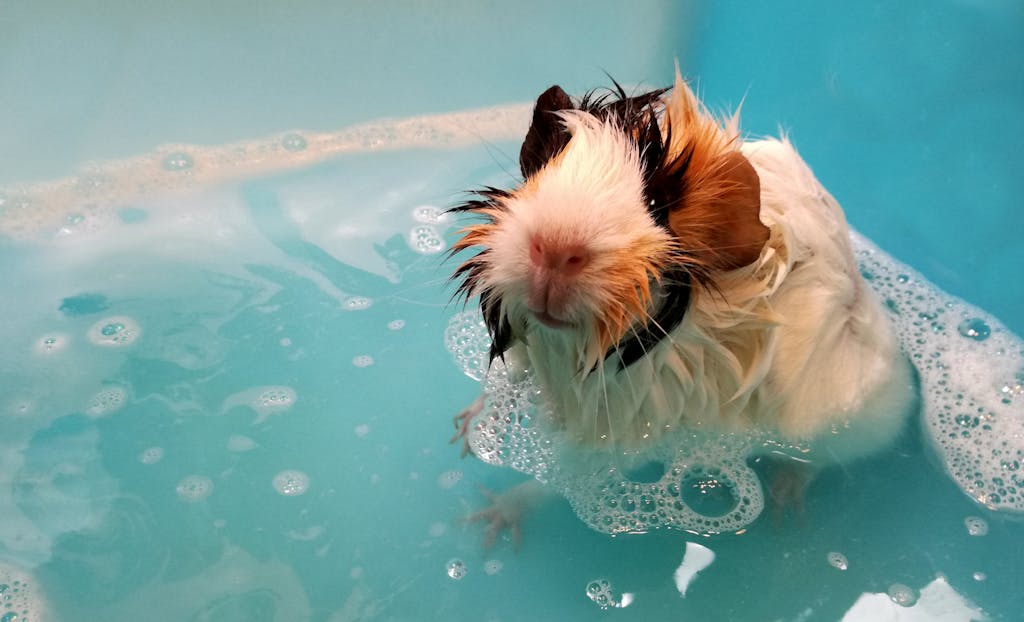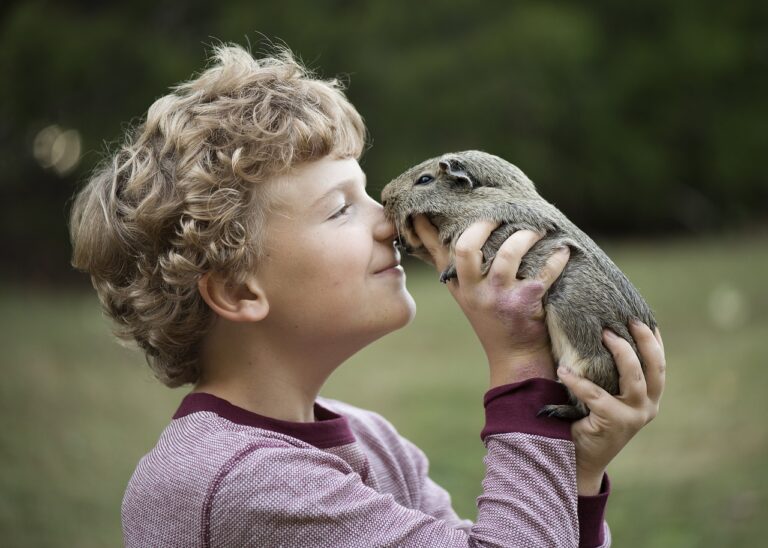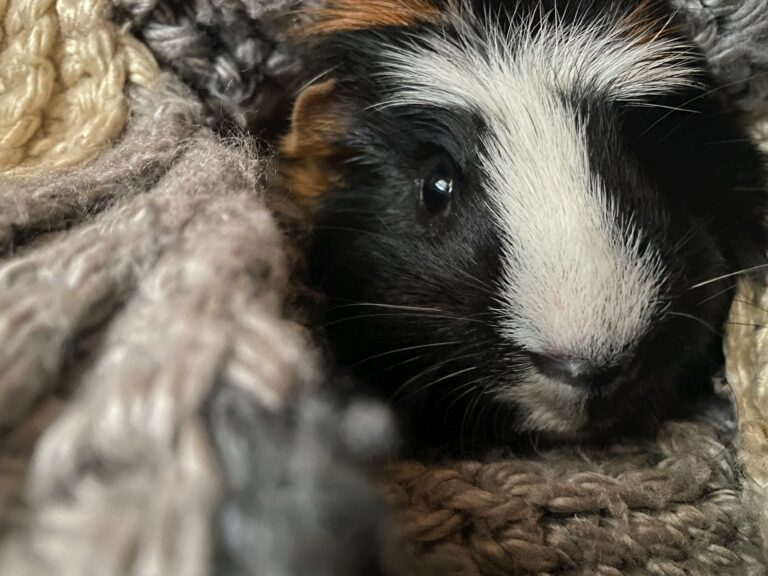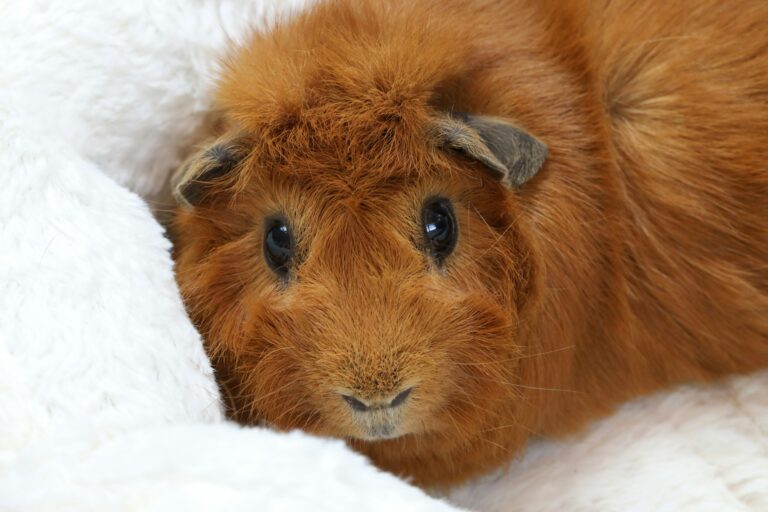What Greens Can Guinea Pigs Eat?
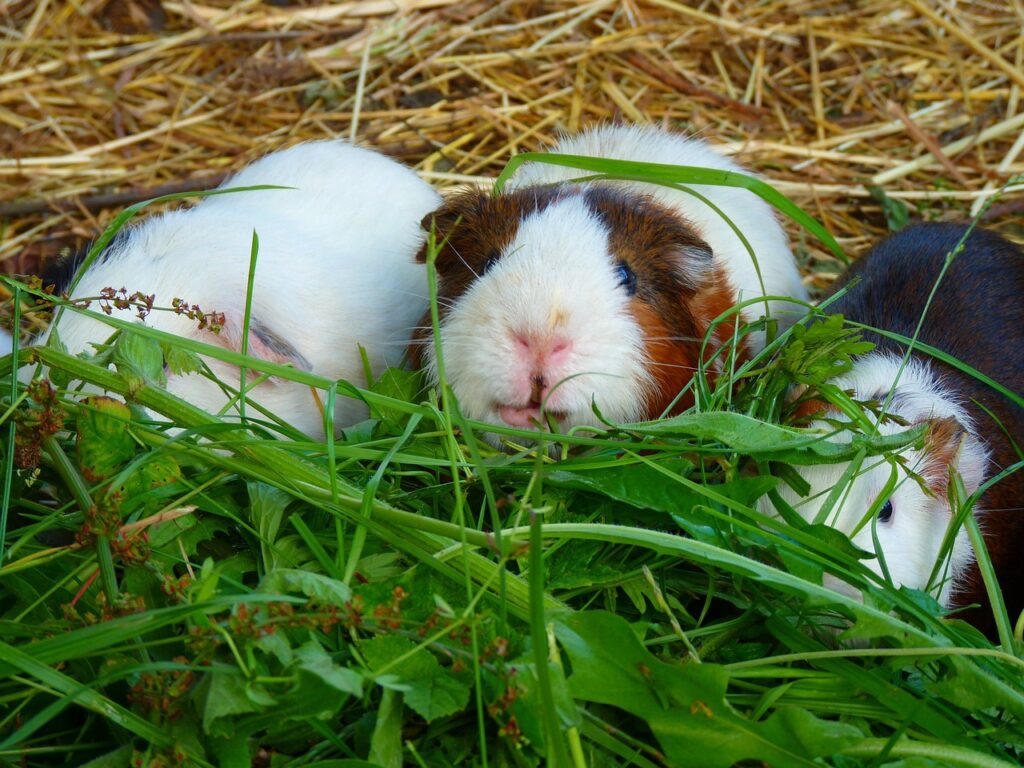
Guinea pigs, or cavies, are popular pets for good reason! They are docile, have their own personalities, and are herbivores, so you don’t have to worry about feeding proteins. One thing that is important though, is a steady stream of veggies and greens in their diet! Fresh greens are an essential part of their diet, providing vital nutrients and fiber. But with so many options available, it’s important to know which greens are safe and beneficial for your furry friend. In this guide, we will explore the best greens for guinea pigs, their nutritional benefits, and how to incorporate them into your pet’s diet!
The Importance of Greens in a Guinea Pig’s Diet
Greens are not just a tasty treat for guinea pigs; they are a vital component of their diet. These leafy vegetables provide essential vitamins, minerals, and fiber that help maintain their digestive health, support their immune system, and keep their coat shiny. Without adequate greens, guinea pigs can suffer from nutritional deficiencies and related health issues.
Balancing the Diet
In addition to hay and pellets, greens play a crucial role in a guinea pig’s diet. Hay provides the necessary fiber for digestive health, while pellets ensure they get essential nutrients. Greens add variety and additional nutrients, making the diet complete and well-rounded.
Hydration Through Greens
Greens have high water content, which helps keep guinea pigs hydrated. Proper hydration is essential for kidney function and overall health. Providing greens is an excellent way to ensure your guinea pig stays well-hydrated, especially if they are not drinking enough water.
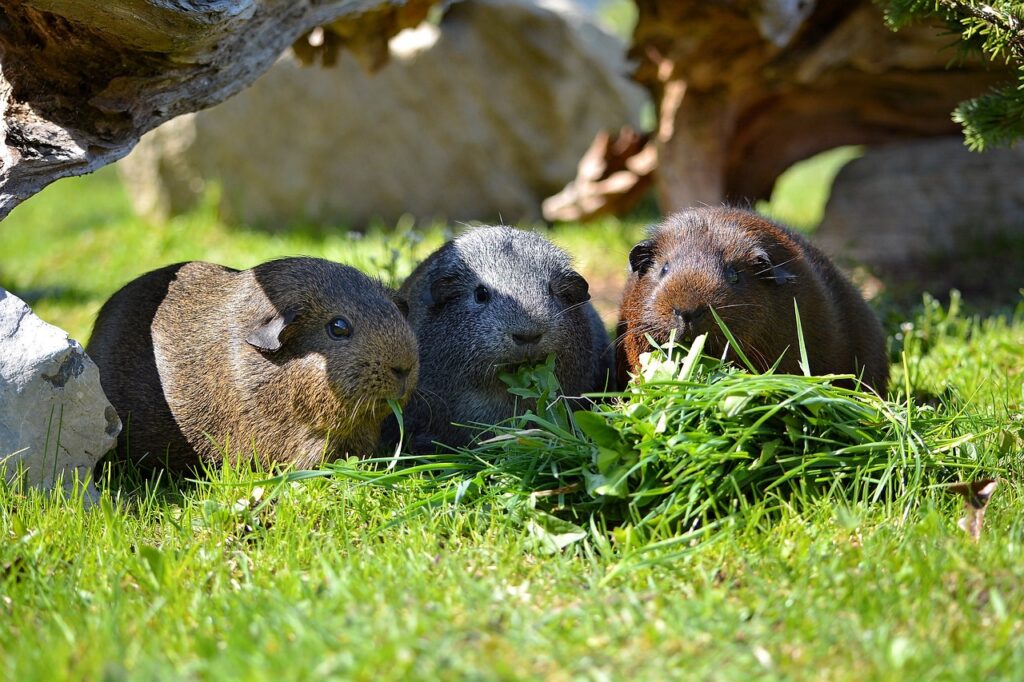
Safe Greens for Guinea Pigs
When it comes to feeding your guinea pig greens, variety is key. Here are some safe and nutritious options to include in their diet:
Romaine Lettuce
Romaine lettuce is a staple green for guinea pigs. It’s low in calcium, which helps prevent urinary tract issues, and high in vitamins A, C, and K. This lettuce is a safe and easy option to include regularly in their diet.
Kale
Kale is a powerhouse of nutrients, rich in vitamin C, vitamin K, and calcium. However, it should be fed in moderation due to its high calcium content, which can contribute to bladder stones if overconsumed. Kale also contains antioxidants, which are beneficial for overall health.
Spinach
Spinach is another nutrient-dense green that offers vitamin A, vitamin C, and iron. Like kale, it should be given in moderation to avoid potential issues with calcium. Spinach is also known for its high oxalate content, which can bind with calcium and cause health problems if not monitored.
Parsley
Parsley is a great source of vitamin C and other essential nutrients. It can be fed occasionally as a treat, but not too frequently due to its high calcium content. Parsley has a strong flavor, which some guinea pigs love, making it a great addition to their diet in small amounts.
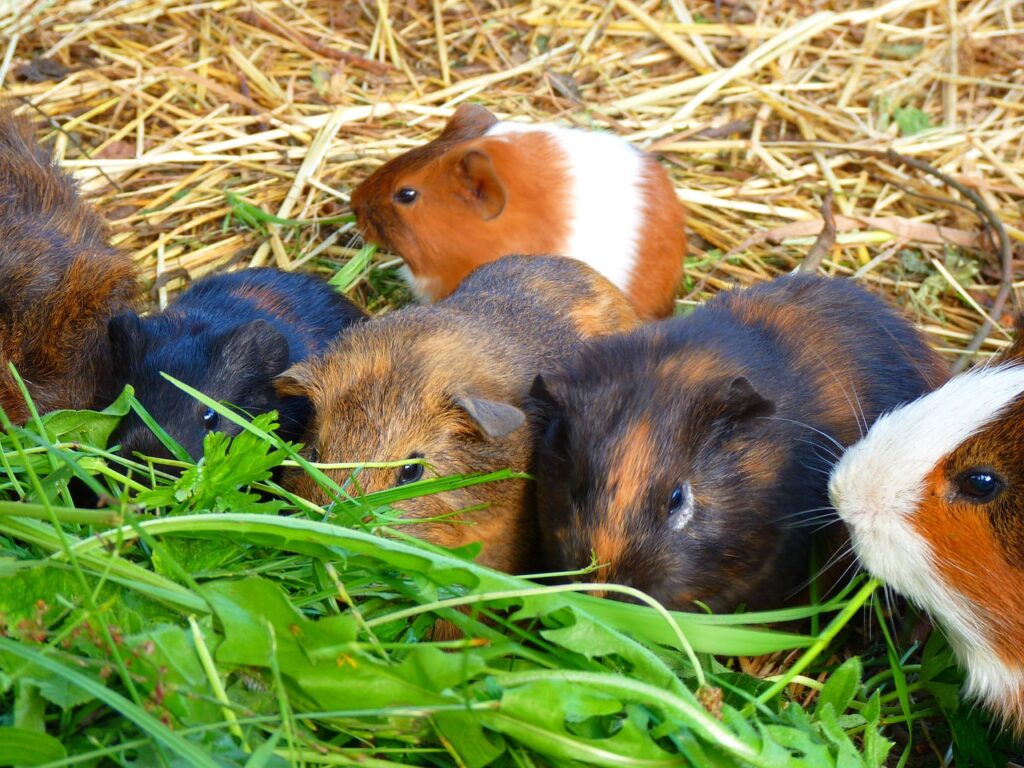
Cilantro
Cilantro is a favorite among many guinea pigs and provides a good amount of vitamin C. It’s also low in calcium, making it a safer option for regular feeding. Cilantro has a fresh taste that can encourage guinea pigs to eat more greens.
Bell Peppers
Though not a leafy green, bell peppers are rich in vitamin C and can be included in your guinea pig’s diet. All colors are safe, but avoid feeding the seeds and stems. Bell peppers are also low in sugar and high in fiber, making them a healthy treat! If you are planning on feeding bell peppers regularly, keep in mind that green bell peppers are lower in sugar than yellow and red varieties, and might be the best option of the three to feed if they are eating a lot of it.
Carrot Tops
The green leafy tops of carrots are safe and nutritious for guinea pigs, offering vitamins A and C. They can be fed in moderation as part of a balanced diet. Carrot tops have a different texture compared to other greens, adding variety to your guinea pig’s meals.
Dandelion Greens
Dandelion greens are safe and nutritious for guinea pigs. They are rich in vitamins A and C, but should be fed in moderation due to their high calcium content. Dandelion greens can be foraged from your garden, provided they are free from pesticides.
Swiss Chard
Swiss chard is another green that can be included in a guinea pig’s diet. It is high in vitamins A, C, and K, but like kale and spinach, should be given in moderation due to its oxalate content.
Arugula
Arugula is a flavorful green that is safe for guinea pigs. It provides a good source of vitamins A and C, as well as calcium. Due to its peppery taste, it can add a unique flavor to their diet.

Nutritional Benefits of Greens for Guinea Pigs
Vitamin C
Guinea pigs cannot synthesize their own vitamin C, making it a crucial nutrient in their diet. Greens like kale, bell peppers, and parsley are excellent sources of vitamin C, helping prevent scurvy and boosting their immune system. Vitamin C is essential for collagen production, which is important for healthy skin, joints, and blood vessels.
Fiber
Fiber is essential for guinea pigs to maintain healthy digestion. Leafy greens provide the necessary fiber to keep their digestive tract functioning properly, preventing issues like constipation and diarrhea. A diet high in fiber also helps wear down their continuously growing teeth.
Antioxidants
Many greens are rich in antioxidants, which help protect guinea pig’s cells from damage, reduce inflammation, and support overall health. Antioxidants can improve overall well-being and prevent chronic diseases.
Hydration
Greens have a high water content, which helps keep guinea pigs hydrated. Proper hydration is essential for their kidney function and overall health. Greens can be particularly important in the summer months when guinea pigs are prone to dehydration!

How to Introduce Greens to Your Guinea Pig’s Diet
Introducing new greens to your guinea pig’s diet should be done gradually to avoid digestive upset. Follow these steps to ensure a smooth transition:
Start Slowly
Begin by offering small amounts of a new green alongside their regular diet. Monitor your guinea pig for any signs of digestive distress, such as diarrhea or decreased appetite. Start with a single type of green and gradually introduce more varieties.
Mix with Favorites
Mix the new green with greens your guinea pig already enjoys. This can help them become accustomed to the new taste and texture more easily. If your guinea pig is hesitant, try chopping the greens finely and mixing them with their favorite foods.
Observe and Adjust
Pay attention to your guinea pig’s reaction to the new greens. If they enjoy it and show no signs of digestive issues, you can gradually increase the amount. If they refuse to eat the new greens, try introducing them again in a few days or mixing them with different vegetables.
Rotate Greens
To provide a balanced diet and prevent boredom, rotate different greens regularly. This ensures they receive a variety of nutrients and keeps mealtime exciting. Rotating greens also helps prevent potential dietary imbalances and reduces the risk of overfeeding certain nutrients.
Portion Control
Ensure that the greens make up a small portion of their overall diet. A good rule of thumb is to provide about one half to one cup of mixed greens per guinea pig daily, alongside unlimited hay and an appropriate amount of pellets.
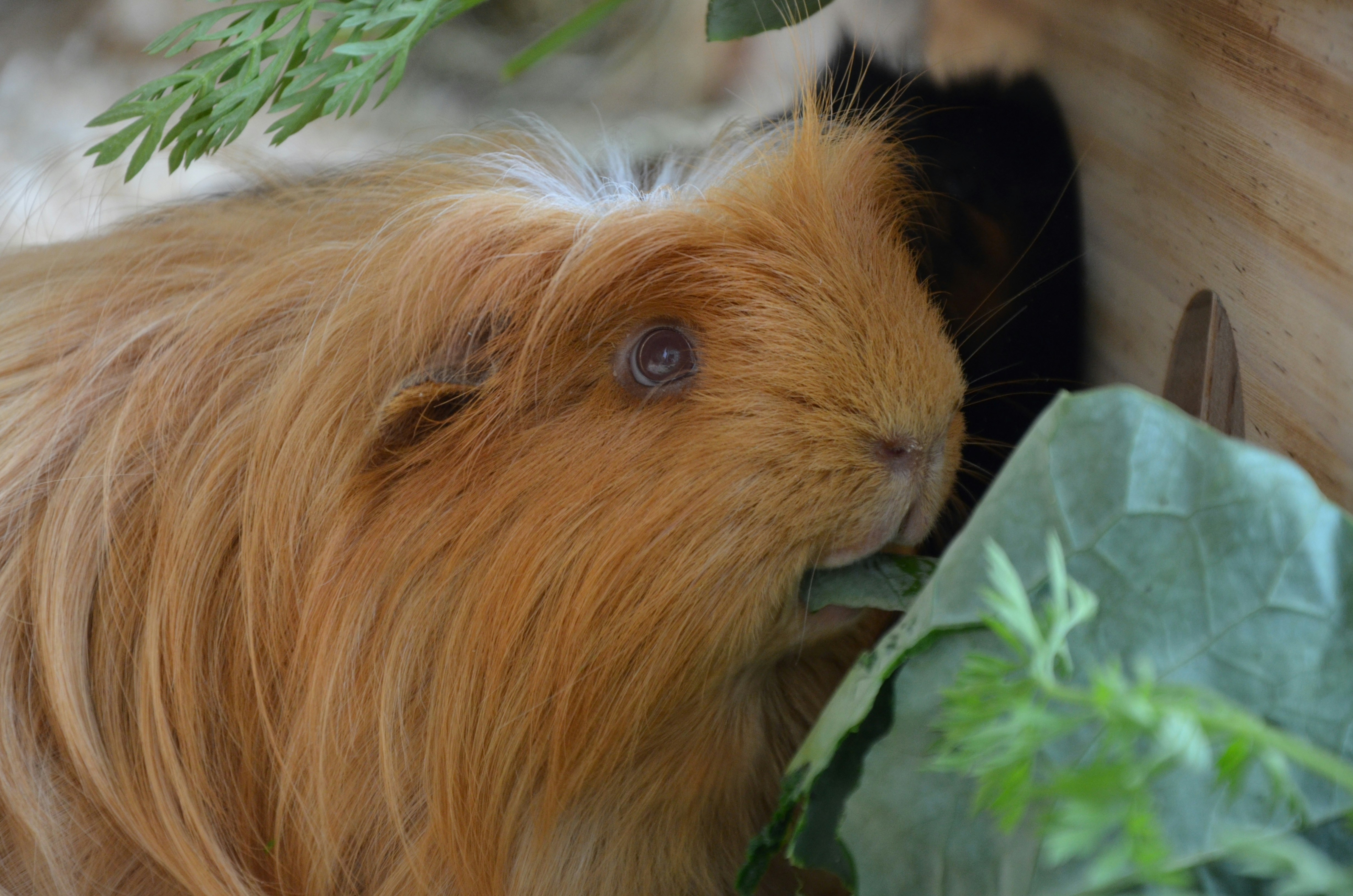
Greens to Avoid
While many greens are safe for guinea pigs, some should be avoided due to their potential health risks. Here are a few greens to steer clear of:
Iceberg Lettuce
Iceberg lettuce has very little nutritional value and a high-water content that can lead to diarrhea. It’s best to avoid this leafy green altogether. Instead, opt for more nutrient-dense options like romaine lettuce or kale.
Rhubarb Leaves
Rhubarb leaves are toxic to guinea pigs and can cause serious health issues, including kidney failure. Never feed rhubarb leaves to your guinea pig. Even small amounts can be dangerous.
Potato Leaves
Potato leaves contain solanine, a toxic compound that can be harmful to guinea pigs. Avoid feeding any part of the potato plant to your pet. Stick to safe greens and vegetables to ensure their health.
Onions and Garlic
Onions and garlic are toxic to guinea pigs and can cause digestive upset and other health problems. These should be avoided entirely. These vegetables contain compounds that can damage red blood cells and cause hemolytic anemia.
Avocado
Avocado contains persin, which is toxic to guinea pigs. Avoid feeding any part of the avocado, including the flesh, skin, and pit. Avocado can cause severe gastrointestinal upset and even death.
Tomato Leaves
While tomatoes themselves are safe in small quantities, the leaves and stems of the tomato plant are toxic to guinea pigs. Ensure that only the ripe fruit is fed and avoid the green parts.
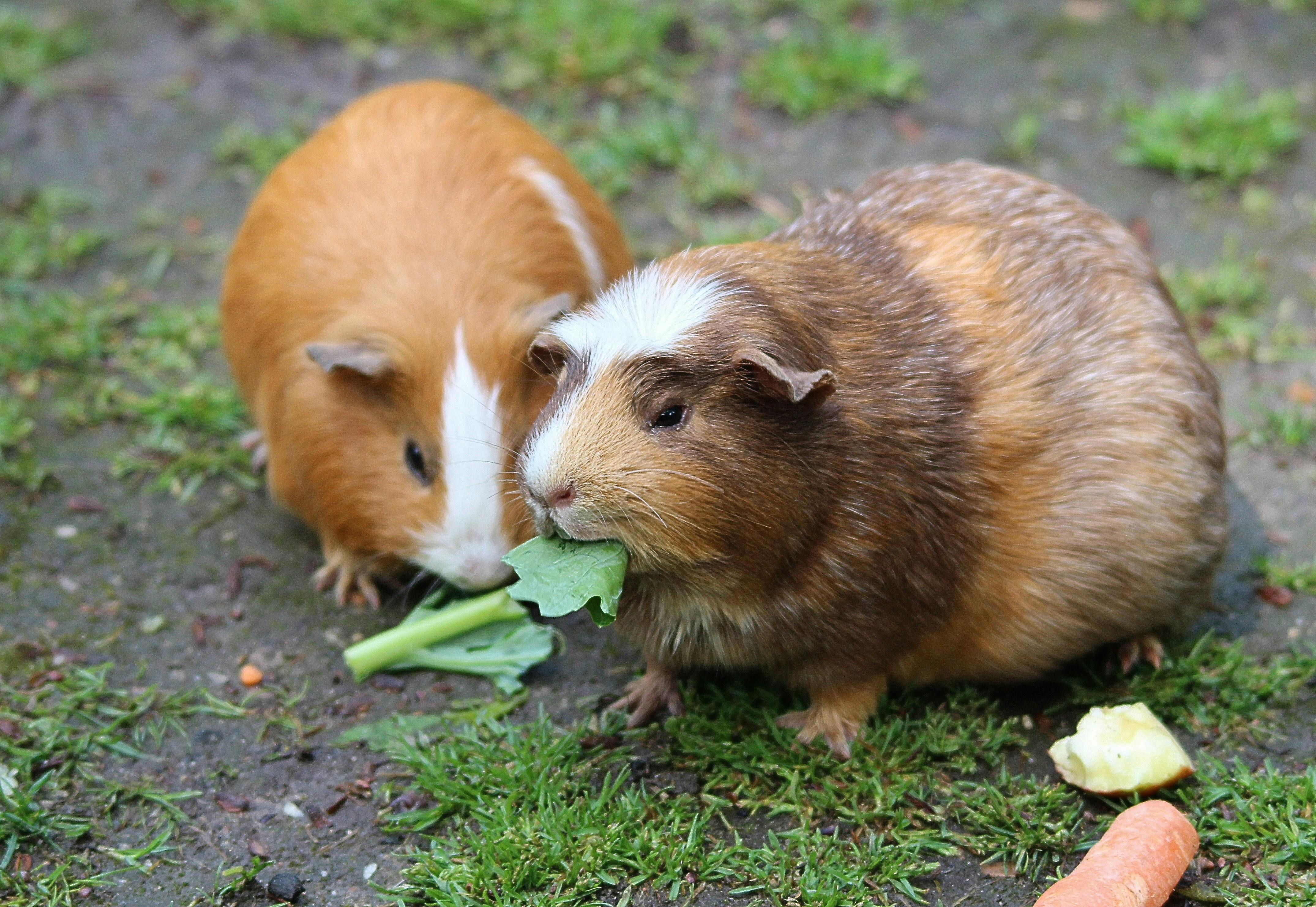
Tips for Feeding Greens to Guinea Pigs
Wash Thoroughly
Always wash greens thoroughly before feeding them to your guinea pig to remove any pesticides or contaminants. Organic greens are preferable, but they should still be washed to remove any residual soil or pests.
Serve Fresh
Provide fresh greens to your guinea pig daily. Remove any uneaten greens after a few hours to prevent spoilage and bacterial growth. Freshness ensures that your guinea pig receives the maximum nutritional benefit.
Moderation is Key
While greens are healthy, they should be given in moderation alongside a balanced diet of hay and pellets. Too many greens can lead to digestive issues. Balance is crucial to maintaining your guinea pig’s health.
Monitor Health
Regularly monitor your guinea pig’s health and weight. If you notice any changes, consult a veterinarian to ensure their diet is appropriate and balanced. Sudden weight loss, changes in eating habits, or digestive issues can be signs of dietary problems.
Variety is Essential
Provide a variety of greens to ensure a range of nutrients. This not only keeps your guinea pig interested but also helps prevent any single nutrient from becoming too concentrated in their diet.
Avoid Overfeeding High Calcium Greens
Greens high in calcium, like kale and parsley, should be fed sparingly to prevent bladder stones. Balance these with lower-calcium options like romaine lettuce and bell peppers.
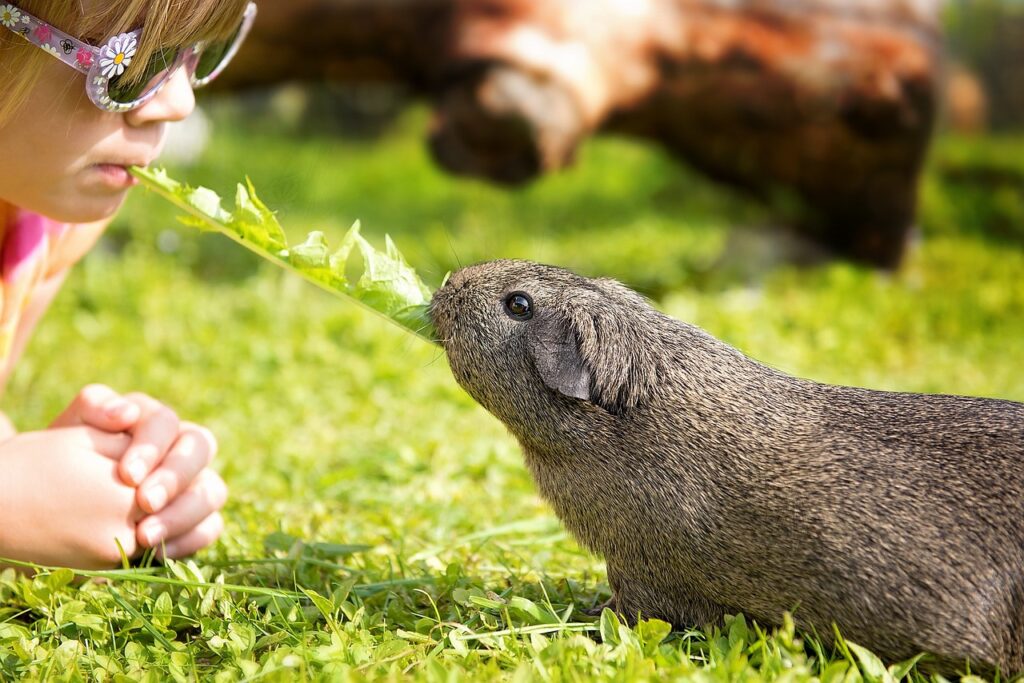

Frequently Asked Questions
Conclusion
Feeding your guinea pig a variety of safe and nutritious greens is essential for their health and happiness. By incorporating a range of leafy vegetables like romaine lettuce, kale, and bell peppers, you can ensure they receive the necessary vitamins, minerals, and fiber. Remember to introduce new greens gradually, monitor their health, and avoid harmful greens like iceberg lettuce and rhubarb leaves. With proper care and attention to their diet, your guinea pig will thrive and enjoy a long, healthy life!

